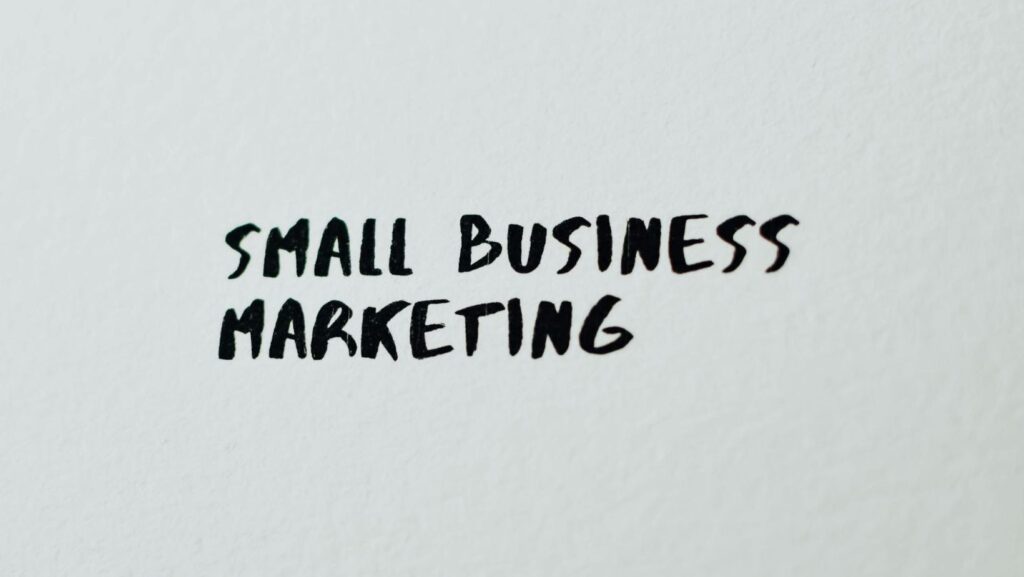Look for marketing tips and we guarantee you’ll find some great tips pretty easily. The only problem? The target market is a young audience. Yes, the up and coming demographic is obviously key, but it doesn’t represent everyone.
Limiting your strategy to a single group is clearly a mistake. It leaves out a key sector of society: seniors. Now, there’s no hard divide on age, but let’s arbitrarily put it at 50. Customers who are going into their sixth decade plus make up almost 20% of the total population.
And that number is just going up, considering the worldwide trend of an aging population. Here’s how you can adapt your marketing strategies to cater to a growing (and very valuable) market.
Tip #1: Senior ≠ Senior
Many companies make the mistake of treating all seniors exactly the same. They think that just because they share a similar date of birth that it means their consumer needs and habits are equal.
Not true. Instead, segment your strategies accordingly. Diversify your marketing tactics, find out which groups ‘hang out’ in spaces that cater to your product or service.
Tip #2: Old School Marketing Still Works
The digital age has us convinced that there’s only a few select ways to do marketing: Instagram, Facebook, Google Ads, those are just a few. They have one thing in common in that they’re digital.
Look, we’re not going to tell you they don’t work. They clearly do. But old school marketing should not be forgotten, as it’s just as effective (sometimes even more so).
Tip #3: Adapt Your Language
Recent pop culture references, Gen Z language, it’s just not going to work for most people who are 50+. Insead, reference cultural signposts that an older population will recognize, perhaps quirky ads that go back to the 70s or 80s, adding a modern spin to ground your marketing to the present day.

Also bear in mind that the baby boomer generation generally likes its language respectful, its references not too racy, and to keep things generally upbeat, playful, but within limits.
Tip #4: Research Ageism
When marketing your products to a demographic you’re not very familiar with can sometimes be very tricky territory. Even when we don’t mean to, it can be easy to use insensitive marketing, disrespectful language, or play on unfair stereotypes. Research ageism in language to make sure you’re well-versed.
For example, don’t use terms like the aged, senior citizens, or the elderly. Swap these for older adults, for example. And consider that even positive ageism can be taken badly. Old and wise is a bit cringe, and young at heart implies that the rest is old.
Tip #5: Keep Processes Simple
You build a beautiful lead generation landing page, your ads are driving traffic, the numbers look great. Except the actual leads. Conversion rates are low, but you can’t figure out why.
In many cases, when it comes to the 50+ population, it comes down to simplicity. We think that the Gen Z crowd is impatient, but the 50+ can sometimes take it to another level. If they’re not great with tech, it’s even worse.
Tip #6: Focus on Facebook
Facebook is losing its glimmer with the young crowd, but it retains value because it’s still the go-to social media platform for people over 50. If you’re looking to market to an older market, don’t stick to just Instagram and TikTok.

Facebook is all about interaction. It’s not a set up your Page and leave the rest to the gods. No, you need to be there daily, interacting with customers, being present.
Tip #7: By and For Older Consumers
Our final tip is this: consult seasoned hands when building your marketing campaign for older consumers. We tend to think of marketing as a space for the young and hip, which of course it is, but remember that if you’re catering to an older crowd, there’s a lot you can learn from experienced marketers.
Think about it. Who knows more about the target demographic than the demographic itself? They’ll know exactly what makes the 50+ crowd tick, what kind of references will resonate, and what will be seen as offensive.
As always, test, test, and test. Don’t just throw something out there and see what sticks. A/B test everything you do, and refine your strategy as you go. You’ll soon have older consumers hitting that Buy button.

